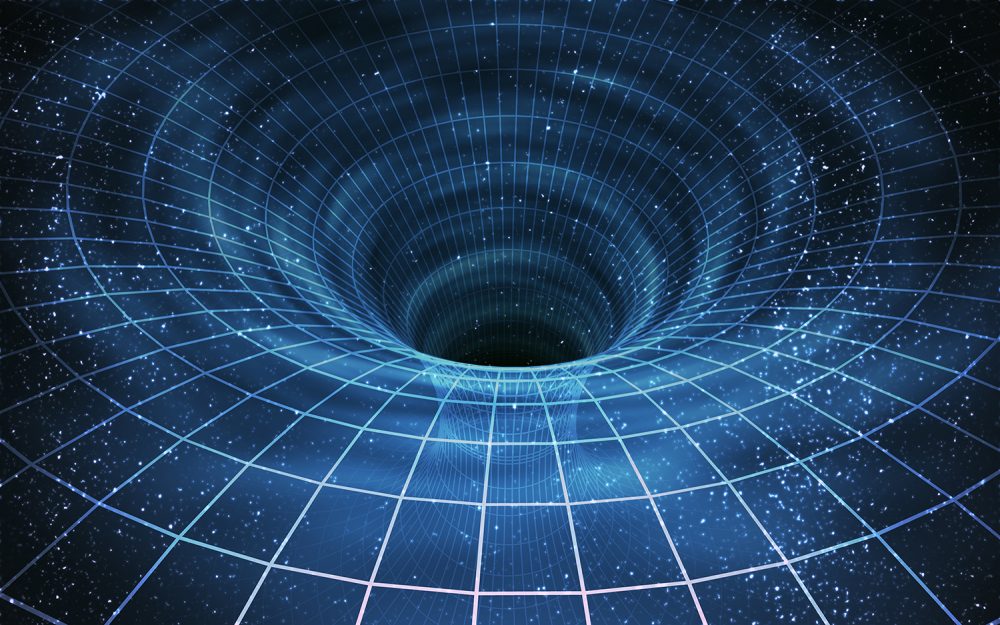How incredible would it be if humans were able to time travel? Unfortunately, science and technology have not progressed to this extent. While we wait for the groundbreaking invention, here are some of the most plausible theories and methods.
Time traveling has been in question for as long as science has existed. Think of any famous scientist or physicist, and I guarantee that they would have had an opinion on the matter. Some even took it further. Take Stephen Hawking as an example. He wanted to test whether time travel exists and organized a party but not a regular one. It was a party for time travelers. Everyone who got invited received the invitations only a year later.
Well, nobody showed up, logically…
After all, traveling in the past is probably impossible. Even if it is possible, Hawking claims that you cannot go back before the time machine was built. Traveling to the future is more likely. We are all time travelers as we are immersed in its flow at an hourly rate, from past to future.
Time Traveling with Speed
Speed is the easiest and most practical way to reach the distant future. You just have to move very fast.
According to Einstein and his Theory of Relativity, when you travel at high speeds approaching the speed of light, time slows down for you in relation to the outside world.
This is not just an assumption or a thought experiment – it was measured. Using two atomic clocks (one flew in a jet plane and the other stationed on Earth), physicists have shown that the flying clock ticks slower because of its speed.
In case you are flying on an airplane, the effect is very small. But if you are in a spaceship that travels at 90% of the speed of light, you will feel that time passes about 2.6 times slower than on Earth. And the closer you get to the speed of light, the more extreme time travel will be.
The highest speeds achieved by any human technology are the protons whistling around the Large Hadron Collider at 99.9999991% of the speed of light.
Attempts to prove this, in one way or another, have ultimately failed due to the incompatibility between general relativity and quantum mechanics.
The Delayed Perception Method
Another way to travel to the future is to slow down your perception of time by slowing down or stopping your bodily processes and then restarting them later. Bacterial spores can live for millions of years in this state until the right conditions of temperature, humidity, and food are restored and their metabolism is re-energized.
Some mammals, such as bears and squirrels, can slow down their metabolism during hibernation by significantly reducing their cells’ need for food and oxygen. Can people ever do the same?
Even if you can completely stop your metabolism, which is far from the current technology, some scientists are working to achieve a short-term state of lethargy that lasts several hours. This can be enough time, for example, to save the life of a person with heart failure by giving enough time for medical help to arrive.
In 2005 American scientists have demonstrated a way to slow down the metabolism of mice by exposing them to small doses of hydrogen sulfide, which binds to the same cellular receptors as oxygen. The body temperature of mice dropped to 13 degrees and their metabolism decreased 10 times. After six hours, the mice had no sign of the process and no side effects.
Using Light
The last theory we will discuss was proposed by the American physicist Ronald Mallett. He suggests using a rotating cylinder of light to distort space-time. Everything placed in the rotating cylinder could theoretically slide into space and time. According to Mallet, the correct geometry could lead to time travel, either in the past or in the future.
Gravity & Time
The next method is again inspired by Einstein. According to his theory of general relativity, the stronger the gravity, the slower time moves. The force of gravity increases when you move closer to the center of the Earth. Time passes more slowly at our feet than at the top of our heads.
Again, this effect has been measured and confirmed by science. In 2010 physicists at the National Institute of Standards and Technology in the United States put two atomic clocks on shelves, one was 33 cm. over the other. They measured the difference in ticking speed and found that the one on the bottom ticked slower because it felt more gravity.
To travel to the distant future, we need an area with extremely strong gravity, such as a black hole. The closer you get to the event horizon, the slower time begins. Crossing the border, you will never be able to go back. Assuming you have the technology to travel vastly to reach a black hole, the travel time will be much longer than the time in orbit around a black hole.





